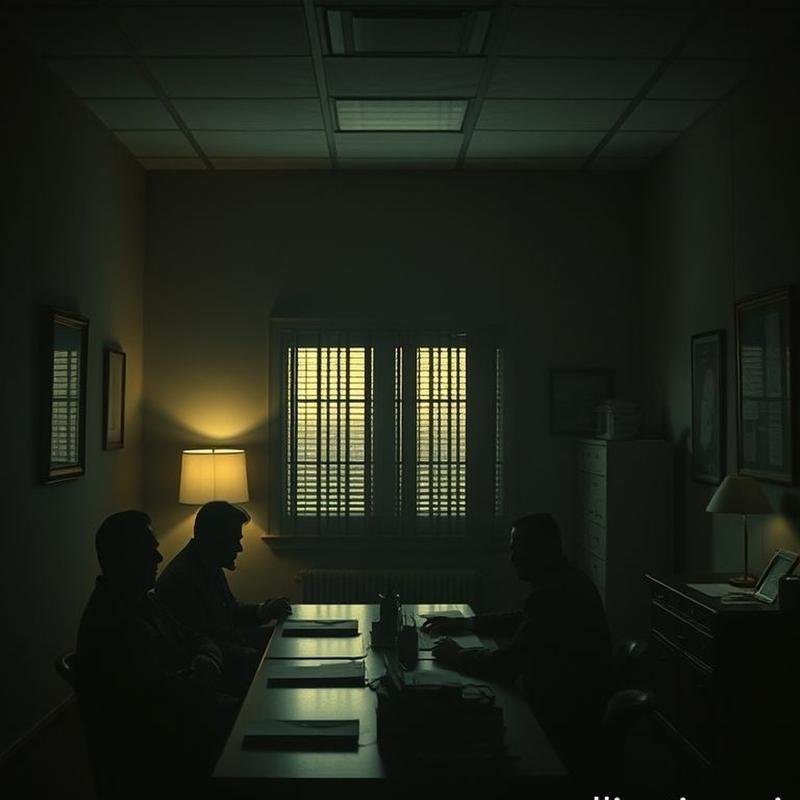MKUltra: Declassified CIA experiments in mind control.

MKUltra: CIA Mind Control Experiments Declassified
During the Cold War, the U.S. government secretly funded controversial mind control experiments. This is not speculative fiction, but a documented reality revealed in declassified CIA archives. Project MKUltra evokes a dark chapter in scientific research and ethics. Today, we will analyze this complex issue, distinguishing verifiable facts from unsubstantiated claims, and address the critical ethical question: what are the permissible boundaries of governmental pursuit of knowledge and power?
Project MKUltra exemplifies the abuse of power and the violation of fundamental human rights. Declassified CIA documents expose a network of doctors and researchers manipulated by an intelligence agency intent on breaking the human will. We will examine these experiments, explore the experiences of the victims, and consider whether this chapter has truly concluded.
Cold War Origins
Project MKUltra originated during the Cold War, a period marked by ideological conflict and a technological race between the United States and the Soviet Union. The 1947 Truman Doctrine signaled a new era of confrontation, with America pledging support to nations threatened by communism. The Korean War in 1950 intensified American fears.
Amid this climate, the CIA explored unconventional methods. In 1951, Project ARTICHOKE, MKUltra’s precursor, sought methods to interrogate individuals under duress. With Allen Welsh Dulles’s appointment as Director of Central Intelligence in 1952, research into mind control accelerated, leading to the official launch of Project MKUltra in 1953.
The Experiments
The year 1953 marked a turning point. Under the guise of the Cold War, human experimentation began. Declassified documents reveal that LSD was a key tool in the CIA’s arsenal, administered not only to volunteers but also to unsuspecting individuals without their consent. Operation Midnight Climax involved the establishment of brothels in San Francisco and New York to monitor LSD’s effects on unwitting men, with prostitutes exploited to drug and observe subjects in secret laboratories.
Exposure and Aftermath
In 1975, the Church Committee report exposed coercion, psychological manipulation, and other abuses. The death of biochemist Frank Olson, who fell from a hotel window after being forcibly administered LSD, exemplifies the project’s brutality. Financial compensation was provided to victims’ families. Project MKUltra, which lasted until 1973, ostensibly ended with Richard Helms’s order to destroy most documents. However, the effects of such experimentation remain. MKUltra was a series of atrocities that left lasting scars on its victims.
Victim Testimonies
Susan McDougall’s testimony before a Senate committee revealed sexual assault and psychological torture at the Allan Memorial Institute. Lawrence Teven, another patient at the institute, was subjected to mental pattern erasure by Dr. Ewen Cameron, resulting in memory loss and deteriorated mental health. Project ARTICHOKE and Operation Midnight Climax represent inhumane coercive interrogation techniques, forced hypnosis, and the use of lethal drugs to break the human will.
Speculation and Conspiracy
Beyond documented facts, speculation abounds. Leaked MKUltra documents revealed over 150 subprojects, prompting theories about brainwashing. Some allege that Lee Harvey Oswald was a victim of MKUltra, though conclusive evidence is lacking. The Stanford Prison Experiment, demonstrating the impact of harsh conditions on human behavior, is often cited as an example of unethical psychological experiments.
The Cover-Up
In 1973, CIA Director Richard Helms ordered the destruction of all MKUltra documents, raising suspicions about concealing crimes or protecting the agency’s reputation. Some theories claim that MKUltra continued covertly under different names. The fundamental question remains: can any experimentation on humans be justified, regardless of the motives?
Ethical and Legal Violations
In 1975, the Church Committee revealed that Project MKUltra violated the Nuremberg Code, emphasizing voluntary and informed consent, the avoidance of unnecessary harm, and respect for human rights. Chemicals like LSD were administered without consent, leading to psychological problems and death. In 1977, victims’ families testified before a Senate subcommittee, sparking a debate about government accountability and the limits of power. Can the state override individual rights in the name of national security?
The Legacy of MKUltra
In the aftermath, the focus shifted to future prevention. A 1975 Senate investigation revealed 149 subprojects within MKUltra, many conducted without the victims’ knowledge or consent. A 1979 poll indicated that 55% of Americans believed the government was withholding information. In 1977, approximately 80 victims filed lawsuits. The deepest impact was the erosion of trust in scientific and medical institutions.
Accountability and Transparency
Even the most secretive governments are accountable. The CIA’s admissions, though delayed, were a start. The lessons of MKUltra underscore the importance of government transparency, the protection of individual rights, and vigilance against abuses of power. Knowledge and awareness are essential safeguards.
Conclusion
Having analyzed the MKUltra issue, distinguishing facts from speculation, we return to the ethical question: what are the permissible boundaries of governmental pursuit of knowledge and power? Can any violation of human rights be justified in the name of national security? Have we learned from the past?








